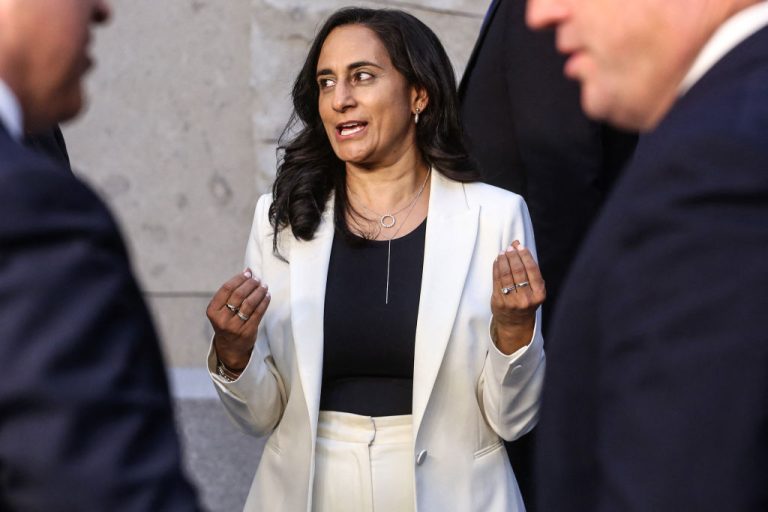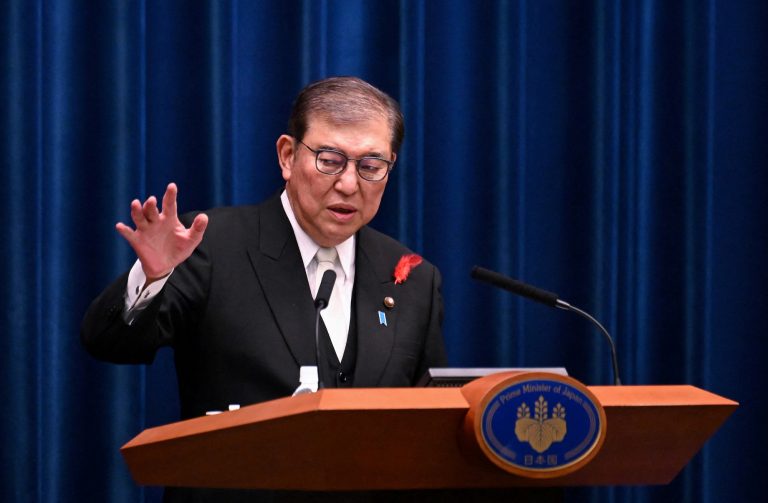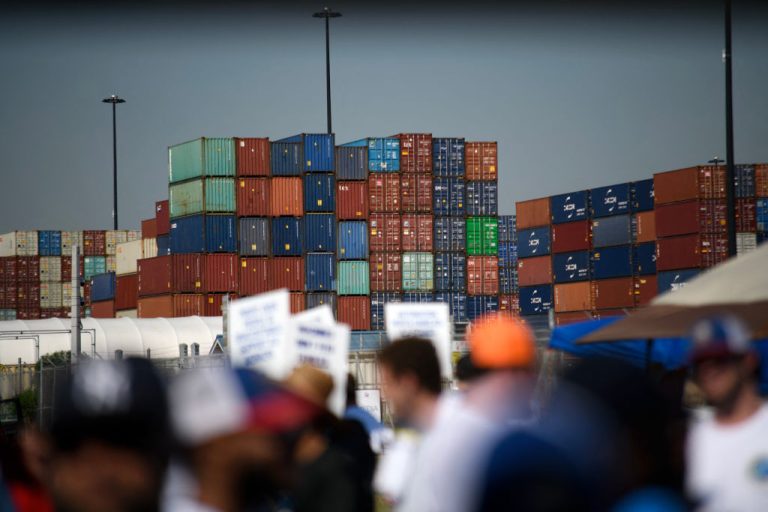Canadian Defense Minister Anita Anand has said the federal government will invest $4.9 billion over the next six years — as part of a plan to spend over $40 billion in the next two decades — to help detect and track military threats from Russia and China in the Arctic.
The minister made the announcement on June 20 at a press conference held at the Royal Canadian Air Force base, about 290 kilometers southwest of Ottawa.
The investment will mark one of the largest expenditures by Canada in four decades to strengthen its military capabilities and will deliver on a promise to its ally to upgrade the North American Aerospace Defense Command (Norad) in the north. Norad is a joint command system for Canada and the U.S. that was set up in the 1950s and is responsible for detecting incoming airborne and maritime threats to North America, including missiles and aircraft.
“In close coordination with the United States, we will establish the backbone of a brand-new northern approaches surveillance system to enhance surveillance and early warning threats to our continent,” Anand said, noting that the new funding will focus on improving Canada’s ability to “respond to threats to our shared continent.”
Making good on its promise
“Most notably, this will include three initiatives: an Arctic over-the-horizon radar system to provide early warning radar coverage and threat tracking from the Canada-U.S. border to the Arctic Circle; a polar over-the-horizon radar system to provide early warning radar coverage over and beyond the northernmost approaches to North America, including the Canadian Arctic Archipelago; and a new system called Crossbow, a network of sensors with classified capabilities distributed across northern Canada as another layer of detection.”
Success
You are now signed up for our newsletter
Success
Check your email to complete sign up
She added that a space-based surveillance project will be launched to perform surveillance of the earth’s surface for intelligence and threat-tracking purposes.
Anand said Canada is committed to investing in technology that enhances the capability of commanders at Norad to make better decisions.
“These include modernizing command and control information systems, expanding Canada’s contribution to the Norad Pathfinder initiative that takes advantage of cloud-based computing and machine learning to ensure that Norad commanders can make informed and rapid decisions,” she said.
Other initiatives include the procurement of advanced air-to-air missiles, and new F-35 fighter jets.
“The program will address strategic continental defense capability gaps on an ongoing basis by rapidly assessing co-developing technological solutions with our allies,” Anand said.
Counteracting China’s growing military prowess
Anand’s announcement comes amid numerous warnings from the U.S. and Canadian military officials and experts that Norad in the north has become badly outdated, and its radar and satellite-image capabilities require an upgrade. The updates come at a time of particular importance given Russia’s development of a new generation of long-range air- and sea-launched cruise missiles as well as hypersonic missiles. Russia’s ally, China, has also been developing missiles.
Following Russia’s invasion of Ukraine in February, Canadian officials say the threat to the north has escalated. Former military commanders claim that Russia now has the ability to sustain military operations across the high Arctic after it recently refurbished its military installations across its northern coast. Moreover, the melting of the polar ice caps has extended the ice-free periods of the Arctic Ocean, adding new vulnerabilities for the North American continent.
The latest data from the North Atlantic Treaty Organization (NATO) indicate Canadian military spending accounting for 1.4 percent of the country’s gross domestic product, falling short of NATO’s target of 2 percent — according to a report by the Wall Street Journal.
Anessa Kimball, a politics professor and international-relations expert at Université Laval in Quebec City, said in a recent interview that Canada has relied on other countries to pick up the slack on defense in the Arctic and has invested considerably less when compared with the U.S., Russia and even smaller countries such as Sweden and Finland. “Everybody has wanted Canada to do more in the Arctic,” she said.
Canada promised last year new spending to improve its northern capabilities, after sitting U.S. President Biden called on Canadian officials to increase defense expenditures. U.S. officials in recent weeks have also criticized Canada for dragging its feet on military spending.
In an interview with The Canadian Press, Andrea Charron, one of Canada’s top experts on Norad and an associate professor at the University of Manitoba, said officials in Washington have been “at the end of their patience” waiting for Ottawa’s plans on continental defense, particularly in light of Russia’s invasion of Ukraine. “They need Canada to do certain things,” Charron said.







